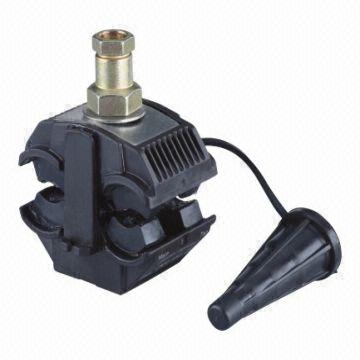
An insulated piercing clamp makes electrical connections in high voltage power transmission systems. It taps into existing overhead conductors without the need to de-energize the line. Insulated piercing clamp is also known as insulated piercing connector (IPC). The clamp has a sharp piercing tip that penetrates the insulation of the conductor. This establishes a secure electrical connection without exposing the wire. It secures in place using clamping mechanisms to ensure it remains in position even under high winds. The clamp also features insulated handles on the clamp to protect the workers from electric shock. The common types of insulated piercing clamp include bolted IPC, compression IPC, tap connectors and slicing connectors. They find use in applications such as telecommunication, construction and renewable energy systems.
Common materials used in the manufacture of insulated piercing clamp
There are various materials used in the manufacture of insulated piercing clamps. The material selected depends on specific design, application and desired properties of the clamp. Any material should aim to meet the specific requirements and standards for the application. The following are the common materials for insulated piercing clamps.
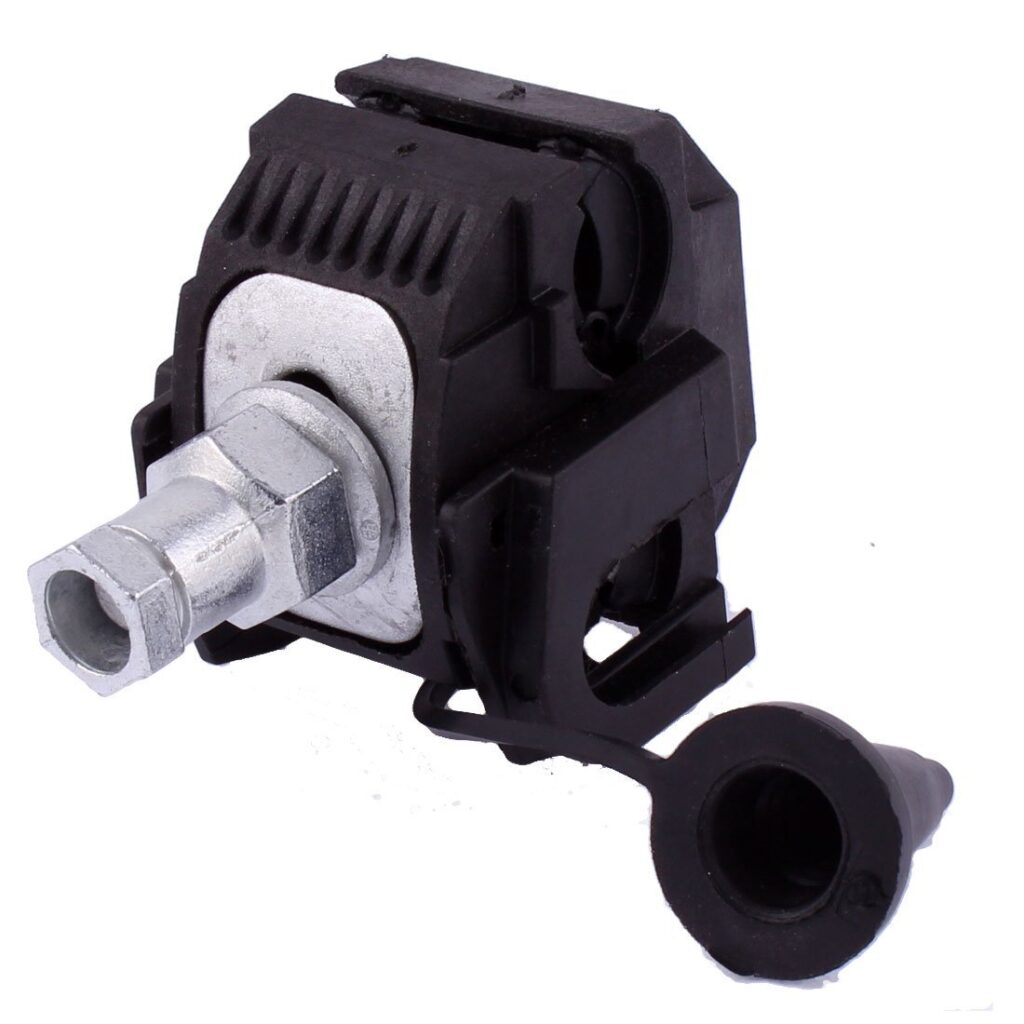
- Metal alloys – the body of the clamp is from durable metal alloys such as stainless steel, aluminum or brass. They provide strength, corrosion resistance and conductivity. This is to ensure the longevity and reliability of the clamp.
- Piercing tip – this is the tip that penetrates the insulation of wires. It is from a sharp and durable material such as hardened steel, copper or brass. They ensure the efficient penetration and reliable electrical contact with the conductor.
- Sealing materials – they may have sealing materials such as silicone or rubber to prevent moisture ingress. It also ensures the integrity of electrical connections in harsh environmental conditions.
- Coatings – some components have coatings such as powder coating or zinc plating. This is to enhance durability, corrosion resistance and aesthetics.
- Insulating materials – the clamps have handles and insulation barriers made from non-conductive materials. These materials include PVC, nylon or rubber. The materials provide electrical insulation to protect the users from electric shock.
- Screws and fasteners – the clamps have screws, bolts or other fasteners made from stainless steel. this is to secure the clamp in place and maintain proper contact with the wire.
- Plastics and polymers – this works in housing covers or insulating bushings. They plastics or polymers provide extra insulation, impact resistance and weatherproofing.
Properties of insulated piercing connectors
Insulated piercing clamps have several properties that make them crucial tools. They are indispensable tools for electricians, technicians and engineers. The clamps provide safety, reliability and efficiency in making electrical connections. Additionally, it is important to check the available properties when selecting the IPC. The following are the common properties of insulated piercing clamps.
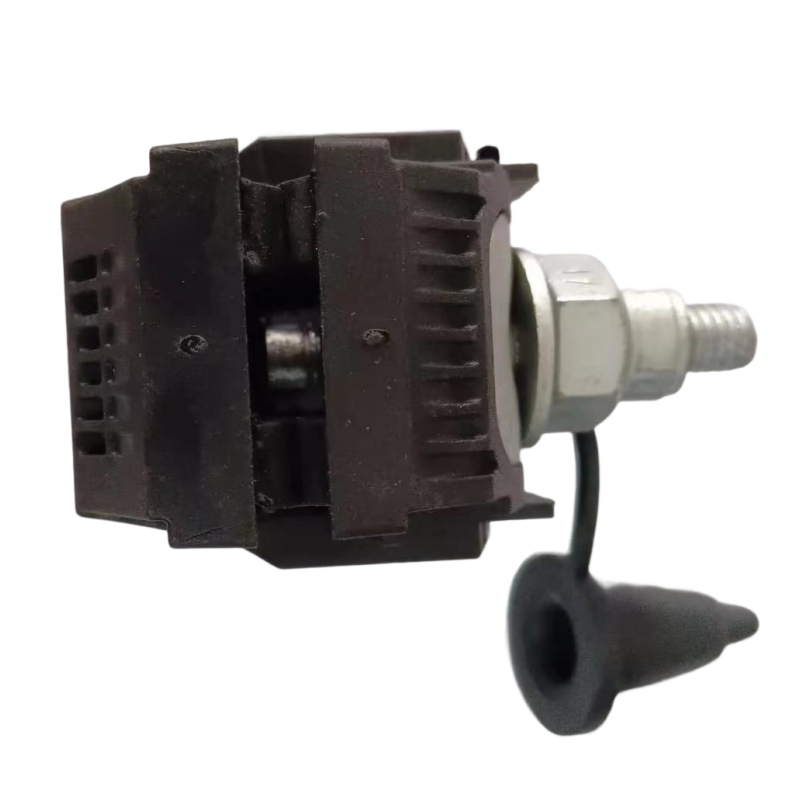
- Electrical insulation – the clamps feature handles and insulation barriers made from non-conductive materials. These include PVC, nylon or rubber. This prevents electric shock and reduces the risk of short circuits.
- Durability – the clamps are from materials such as stainless steel, aluminum or brass. The materials provide strength, corrosion resistance and longevity. This ensures the clamp can withstand the harshness of electrical work.
- Ease of use – the clamps have designs for ease of use with handles and mechanisms for clamping and piercing wires. This simplifies the process of making electrical connections. It does this by reducing time and effort during installation.
- Safety features – the clamps have safety features to protect the users from electric shock. It also ensures reliable connections. They help to ensure reliable connections and mitigate the risks related to working with live wires.
- Conductive piercing tip – the tip is from materials such as copper, brass or steel. This allows the clamp to establish a secure electrical connection with the conductor inside the wire without damage.
- Weatherproofing – the clamps use sealing materials to provide protection against moisture and dust.
- Versatility – the clamps work in a wide range of wire sizes and types. This makes them suitable for various electrical applications.
- Reliability – the clamps also create secure and reliable electrical connections. This is to ensure good conductivity and maintain continuity in electrical circuits.
Insulation of IPC
The insulation of insulated piercing clamp serves several purposes in electrical installations. It ensures the electrical safety, prevents short circuits and maintains reliable connections. Also, it is important to ensure proper insulation design and material selection. This is to ensure the performance and effectiveness of the clamps. The following are common aspects of insulation of the clamps.
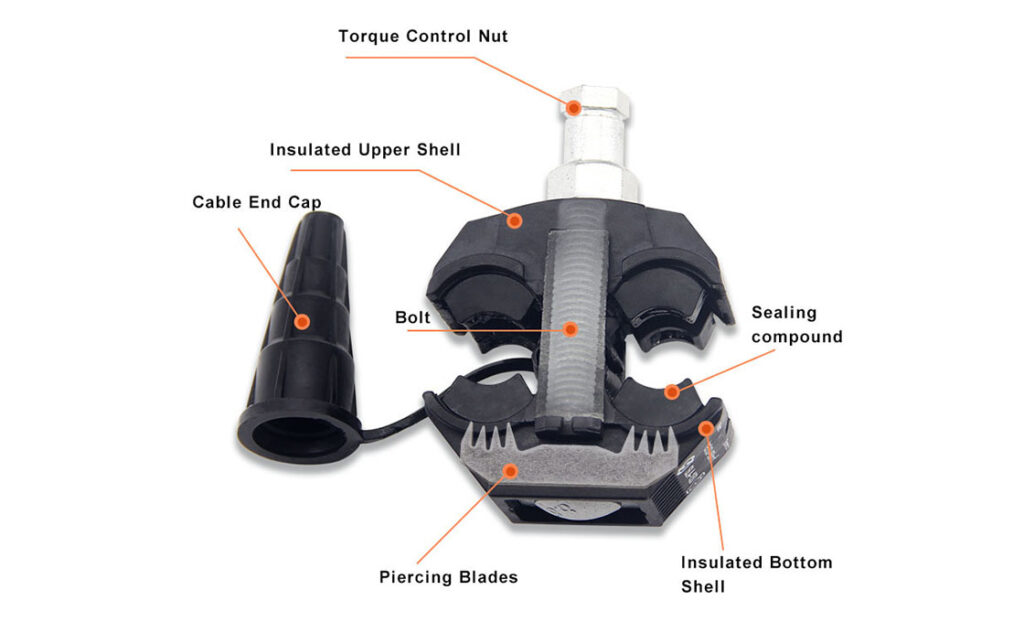
- Short circuit protection – presence of insulation protects against short circuits by preventing the accidental contact of conductive parts. The insulation ensures the electric current flows through the intended lines. It also maintains the integrity of the electrical circuits.
- Material selection – insulation materials are non-conductive such as PVC, nylon and rubber. The materials have excellent electrical insulation properties, durability and resistance to environmental factors.
- Electrical safety – this is the main function of the insulation on the clamp. The insulated handles and insulation barriers prevent the user from coming direct into contact with live wires. It also prevents the risk of electric shocks during installation, maintenance or repair work.
- Resistance to environmental factors – the insulation is able to withstand various environmental factors. These factors include moisture, dust, chemicals and temperature fluctuations.
- Compliance with safety standards – the clamps must meet specific safety standards and regulations. This is to ensure their effectiveness in protecting against electric shock and short circuits.
Corrosion resistance of insulated piercing clamps
It is necessary to have corrosion resistant insulated piercing camps as they work in outdoor applications. Their corrosion resistance varies depending on the specific materials used in different parts of the clamp. This feature ensures their durability and reliability in outdoor environments. Corrosion resistance of the IPC depends on selection of materials, coatings, sealing mechanisms. Additionally, it is commonly found on the camp body, wedges, insulation, bolts and nuts. The following are the ways corrosion resistance is crucial in electrical applications.
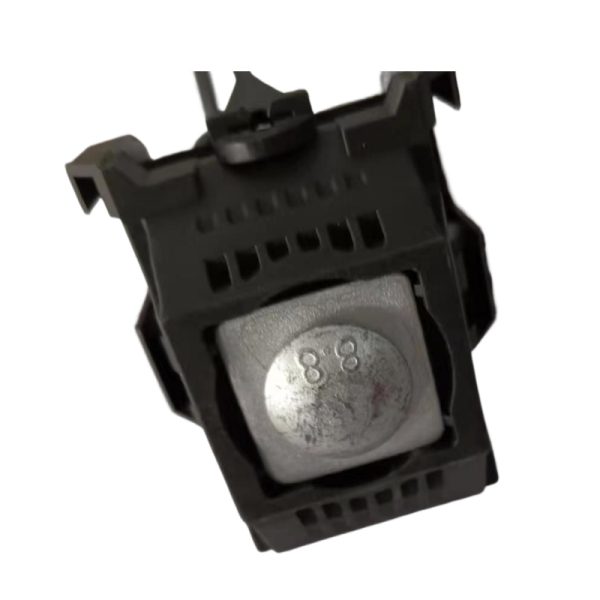
- Coatings – the clamps may undergo treatments such as powder coatings or zinc plating. This is to enhance their corrosion resistance and provide extra layer of protection against moisture, chemicals and abrasive elements.
- Proper installation – this may include ensuring tight fastenings and proper alignment of components. This can help reduce the risk of corrosion in insulated piercing clamps.
- Material selection – the choice of materials influences their corrosion resistance. Materials like stainless steel, aluminum, brass and other corrosion resistant alloys offer resistance to rust and corrosion.
- Sealing mechanism – mechanisms such as silicone or rubber prevent moisture ingress and protect internal components from corrosion. They also help maintain the integrity of electrical connections from corrosion.
- Regular maintenance – conducting regular maintenance and inspection of the IPCs helps to identify and address any signs of corrosion or deterioration. It also helps to prolong the lifespan and maintain optimal performance.
Certification of insulated piercing clamps
Insulated piercing clamps undergo certification processes to ensure they meet specific safety and performance standards. Certifications provides assurance to consumers, contractors and regulatory authorities. This is to ensure safety, performance and quality of the products. Additionally, it is advisable to look for products that have relevant certifications to ensure compliance with applicable regulations and standards. The following are the common certifications for insulated piercing clamps.
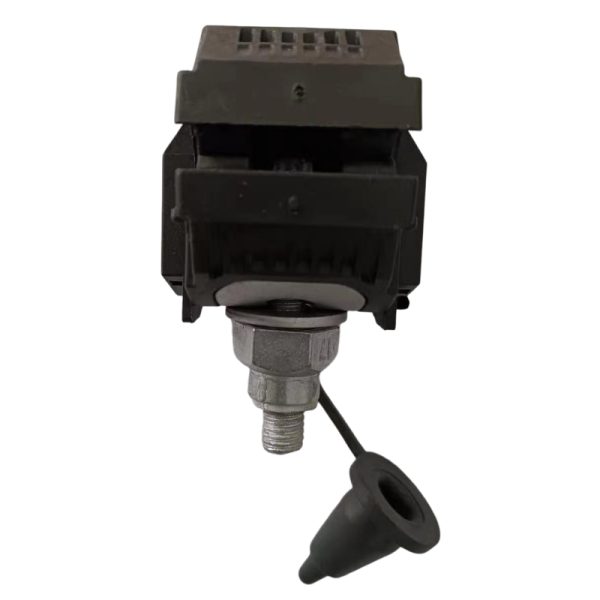
- UL certification – this is a globally recognized organization that provides certification for electrical products. It indicates the clamps have undergone rigorous testing and evaluation and complies with applicable industry standards.
- CSA certification – this is a Canadian standard that provides certification for electrical products in Canada. It indicates the product meets safety and performance requirements for use in Canada.
- IEC certification – this develops international standards for electrical products and systems. It demonstrates compliance with globally recognized standards for electrical safety and performance.
- ISO certification – this indicates that the manufacturer implements a quality management system that meets international standards.
- CE marking – this is a certification mark that indicates conformity with health, safety and environmental protection standards. IPCs with the CE mark have met the requirements of relevant European standards.
- NEMA certification – this provides certification for electrical products in the United States. This certification indicates compliance with NEMA standards for performance and reliability.
Frequently asked questions
You can verify the certification by checking the products documentation for the certification marks. You can also contact manufacturer of consult their websites for information on certifications.
Common materials include stainless steel aluminum, brass, PVC, nylon, rubber and conductive metals such as copper. These materials offer durability, conductivity and insulation properties.
There are various types of insulated piercing clamps designed for specific applications such as overhead transmission lines, telecommunications, service drops, grounding and automotive repairs.
Regular inspection and maintenance help to ensure the integrity of the insulation and proper functioning of the clamp. Address any signs of corrosion or damage and reapply protective coatings.
